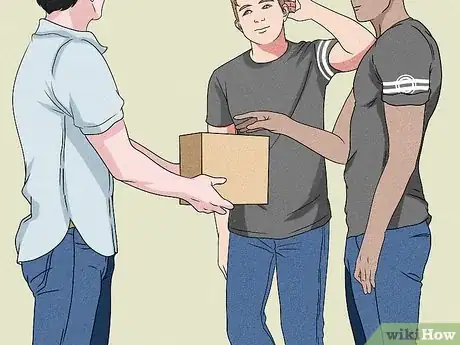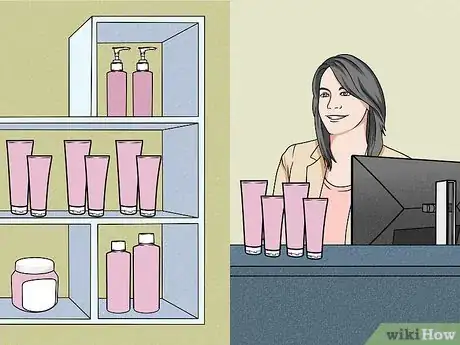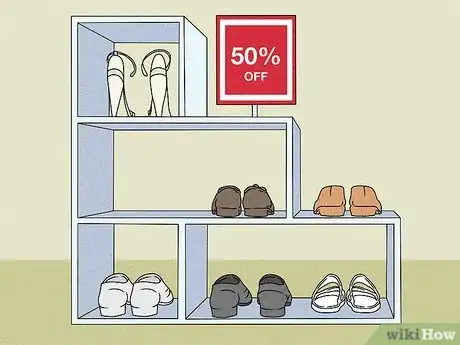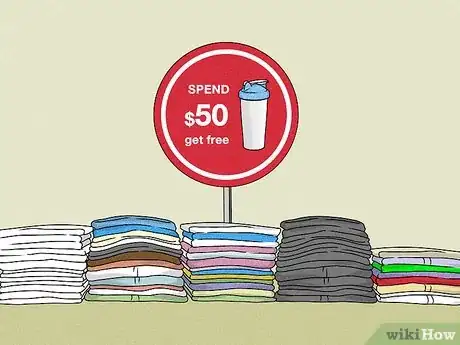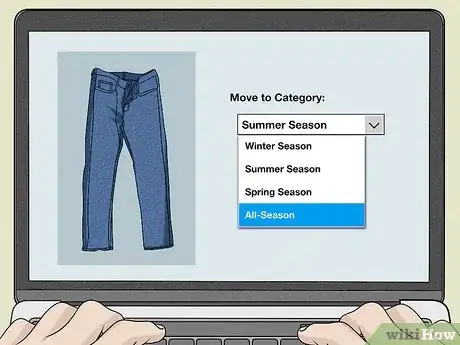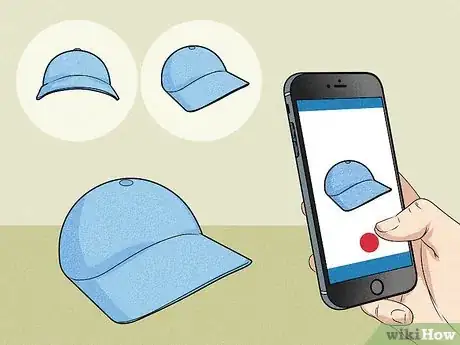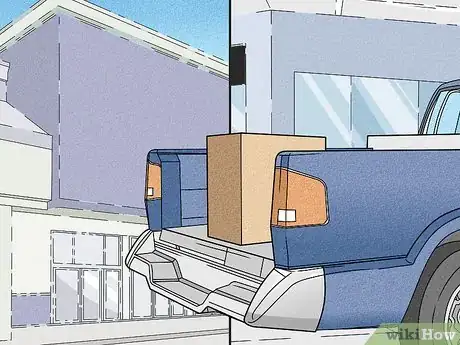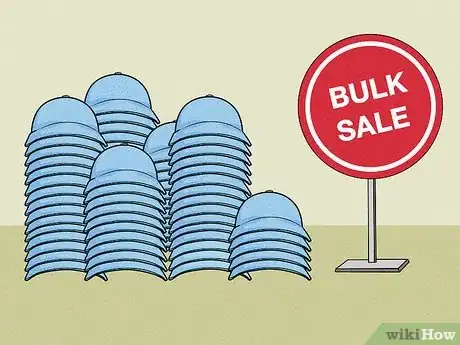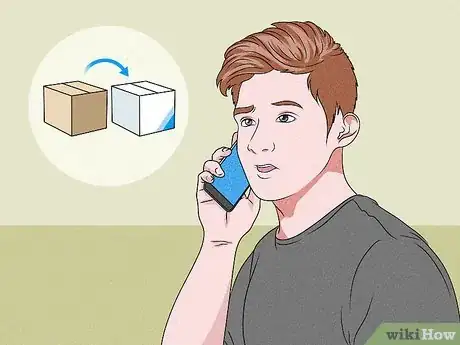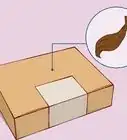This article was co-authored by wikiHow Staff. Our trained team of editors and researchers validate articles for accuracy and comprehensiveness. wikiHow's Content Management Team carefully monitors the work from our editorial staff to ensure that each article is backed by trusted research and meets our high quality standards.
This article has been viewed 5,201 times.
Learn more...
Slow-moving inventory is something all retailers have to deal with, so don’t get discouraged if you have stock that you just can’t seem to get off your shelves. There are plenty of ways you can try to sell your slow-moving inventory to generate cash flow and free up space for new stock. We’ve put together this handy list of tips and tricks, so take a look and see what you think might work for you and your business!
Steps
Familiarize your sales associates with the products.
-
Employees are more likely to sell products that they know well. Hold in-store events with your employees where they can try out items for themselves to gain more knowledge about them. That way, they have more information they can share with potential customers.[1] X Research source
- For example, if you’re trying to get rid of a bunch of boxes of chocolate, have a tasting event with employees before or after your operating hours. Then, they can say things to customers like: “This box of chocolate has some chocolate-covered cherries that are to-die-for!”
- Or, if you want to move some winter jackets that have been lingering on the shelves too long, have everyone in your store try them on, so they can tell customers how comfortable and warm they are.
Display items in multiple prominent locations.
-
This is a good way to get rid of stock at full price in a brick-and-mortar store. Put the items you want to get rid of in a window display, so people passing by or coming to your store see it right away. Place additional stock of the item in customers’ line of sight when they first walk in your store. Finally, display more of the slow-selling items near the point of sale for one last exposure before customers check out.[2] X Research source
- This should be one of your first choices before resorting to putting items on sale and taking a loss in profit.
- If you sell food or other items with an expiry date, make sure you put the products expiring soonest at the front of the display to sell them first before they become unsellable.
Put items on clearance.
-
Clearance sales are good for stock that hasn’t sold in 3-6 months. Offer big discounts of 35-70% on slow-moving inventory you want to get rid of on clearance. Notify customers about your sales via social media and your mailing lists to entice them with the discounts.[3] X Research source
- In a brick-and-mortar store, put all the items on clearance in the same area of the store. For example, clothes can all go on the same rack or books can all go on the same shelf.
Have a flash sale.
-
Flash sales create a sense of urgency for customers. Notify your customers of a limited-time sale via email, social media, and in-store signage. Offer discounts of 35-70% to entice shoppers in a big way.[4] X Research source
- If you’re selling online, consider including free shipping as part of your flash sale for an additional incentive.
Hold an end-of-season sale.
-
This helps get rid of certain things before they become harder to move. Put seasonal items on sale at a 35-70% discount to encourage bargain shoppers to buy the inventory. This also makes room for the next seasonal inventory you want to bring in.[5] X Research source
- For example, if you’re having trouble selling sandals and swimwear, hold an end-of-summer sale before fall comes and offer a 50% discount on all sandals and swimwear. That way, you get rid of more of that stock fast and make room for hoodies and other fall wear in your store.
Offer products as part of a bundle.
-
This can boost the sale of multiple products. Throw in slow-selling products at a deep discount with the purchase of a more expensive item to sell 2 different products at once. Try to bundle complementary products together if you do this. Or, bundle multiple units of slow-selling products together to get rid of several of the same item faster.[6] X Research source
- For example, if you’re having trouble getting rid of BBQ spatulas that normally cost $10 at full price, make a bundle of: “Buy 2 bags of charcoal, get 1 spatula for $5!”
- Or, if you can’t seem to get rid of tank tops, offer bundles of 3 tank tops for the price of 2.
Give away items as incentives for sign-ups or purchases.
-
This can get customers to do other things that benefit your business. Offer slow-selling products as a reward for customers who sign up for your marketing emails upon purchase, which can help get them to spend more money down the road. Or, offer the items for free when customers make another purchase of a certain dollar amount.[7] X Research source
- For example, offer a free water bottle when customers spend $50 or more in your store. That way, even though they aren’t paying for the bottle itself, they might be more inclined to spend an extra $10 if they’re already buying $40 worth of stuff from you.
Move items around in your online shop.
-
If you’re not selling something online, it could just be misplaced on your site. Try moving things to a different category or section of your online store to make it more visible. Create a whole new landing page to highlight an item you want to push.[8] X Research source
- For example, maybe you have a pair of jeans in the summer section of your website because they arrived in the summer, but they could really be for any season. Try moving them to the all-season category or list them in each section instead of just in one.
- If you don’t currently have an online shop of your own, consider building one to help sell slow-moving inventory. You can also create a shop on Amazon if you don’t want to set up a whole e-commerce site.
Take new product photos.
-
This can help you move slow-selling items in online shops. Take multiple high-quality photos from different angles to really showcase your products. Try a lifestyle shot of a person using the item to appeal to shoppers’ emotions.[9] X Research source
- For example, if you previously just had a picture of a hat from 1 angle, take a front, back, and side shot of it. Then, take a picture of a model wearing the hat to show people how good it could look on them.
Transfer items to a different store.
-
This is a good option if you have multiple brick-and-mortar locations. Determine where the inventory is selling most slowly and move it to a different location where it is selling more quickly. This can help balance out the stock between different stores and get rid of it faster.[10] X Research source
- Factor in the cost of moving the goods before you decide whether this method is worth it. For example, if you just have to drive the excess stock across town, it’s not a big deal. However, if your other store location is halfway across the country, it might not be worth it.
Hold an auction.
-
An auction is a good way to get rid of excess inventory in bulk. Put your slow-moving inventory up for sale via a local or online auction. You can sell multiple units to the highest bidder in one go this way, which usually means higher returns on your investment than other methods of getting rid of slow-moving inventory.[11] X Research source
- If you want to auction off smaller inventory, you could try auctioning things in bulk on eBay. Resellers are always looking for good deals!
- An auction can be especially useful for big, expensive inventory. For example, if you have a new condo building and are having trouble selling all the units, hold an auction and invite area investors and first-time homebuyers looking for a good deal.
- You could also hold a car auction if you have a car dealership and need to get rid of a bunch of slow-moving inventory quickly to make room for new cars.
Sell in bulk to a liquidation company.
-
This is a good last resort if you can’t otherwise sell your slow-moving stock. You likely won’t make much profit on this type of sale, but it frees up room for more stock that does earn you money, instead of just taking up space. Ask other business owners for recommendations or search for liquidation companies online and read reviews to find a reputable company to sell to.[12] X Research source
- For example, if you have 500 baseball caps that you just can’t get rid of, you can find a liquidation company specializing in sporting goods and clothing. They can buy it at a big discount from you and resell it online or wherever they offload their goods.
Ask suppliers about exchanges or refunds.
-
You may be able to replace your slow-selling products with something else. Contact your suppliers and explain why you weren’t able to sell the items. Ask them if they can offer you an exchange or a refund and they might oblige because they want to keep you as a customer.[13] X Research source
- For example, if you bought too many units of a formal dress that doesn’t sell well with your clientele, maybe your supplier is willing to let you exchange them for a different, more casual variety of dress that suits your market better.
Donate items if all else fails.
-
Items you can’t sell cost you even more money by taking up space. If you end up with dead stock that you can’t sell, give it away to charity to free up room for merchandise that you can make a profit on. It’s a loss, but one that you can make back with some time.[14] X Research source
- For example, if you just bought too many tennis balls and you’ve sold all you’re going to, donate them to a local tennis club or a high school gym.
- Generally, if you can’t sell something after 90–120 days, it’s best to just get rid of it and free up the space.
- You may be able to write off donations as a tax deduction, which means donating isn’t necessarily a total loss.
You Might Also Like
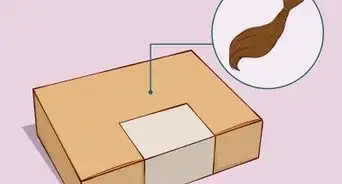

 How to Sell Puppies
How to Sell Puppies
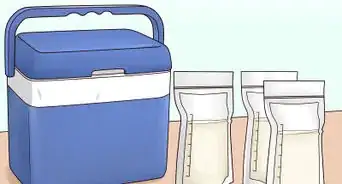

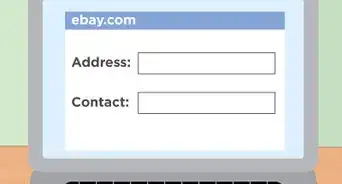
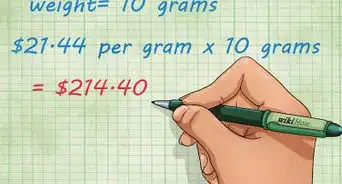




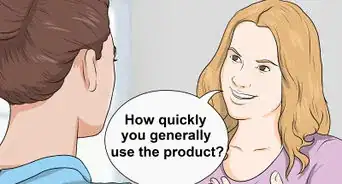


References
- ↑ https://www.youtube.com/watch?t=445&v=zTDKiC4EUu0&feature=youtu.be
- ↑ https://www.youtube.com/watch?t=400&v=zTDKiC4EUu0&feature=youtu.be
- ↑ https://www.business2community.com/product-management/14-ways-convert-slow-moving-excess-inventory-cash-01428079
- ↑ https://www.business2community.com/product-management/14-ways-convert-slow-moving-excess-inventory-cash-01428079
- ↑ https://www.business2community.com/product-management/14-ways-convert-slow-moving-excess-inventory-cash-01428079
- ↑ https://smallbiztrends.com/2015/08/move-slow-selling-products.html
- ↑ https://www.business2community.com/product-management/14-ways-convert-slow-moving-excess-inventory-cash-01428079
- ↑ https://www.business2community.com/product-management/14-ways-convert-slow-moving-excess-inventory-cash-01428079
- ↑ https://www.business2community.com/product-management/14-ways-convert-slow-moving-excess-inventory-cash-01428079
- ↑ https://www.brightworkresearch.com/redeployment/
- ↑ https://www.business.com/articles/cash-excess-inventory/
- ↑ https://smallbiztrends.com/2015/08/move-slow-selling-products.html
- ↑ https://www.business2community.com/product-management/14-ways-convert-slow-moving-excess-inventory-cash-01428079
- ↑ https://smallbiztrends.com/2015/08/move-slow-selling-products.html
About This Article

